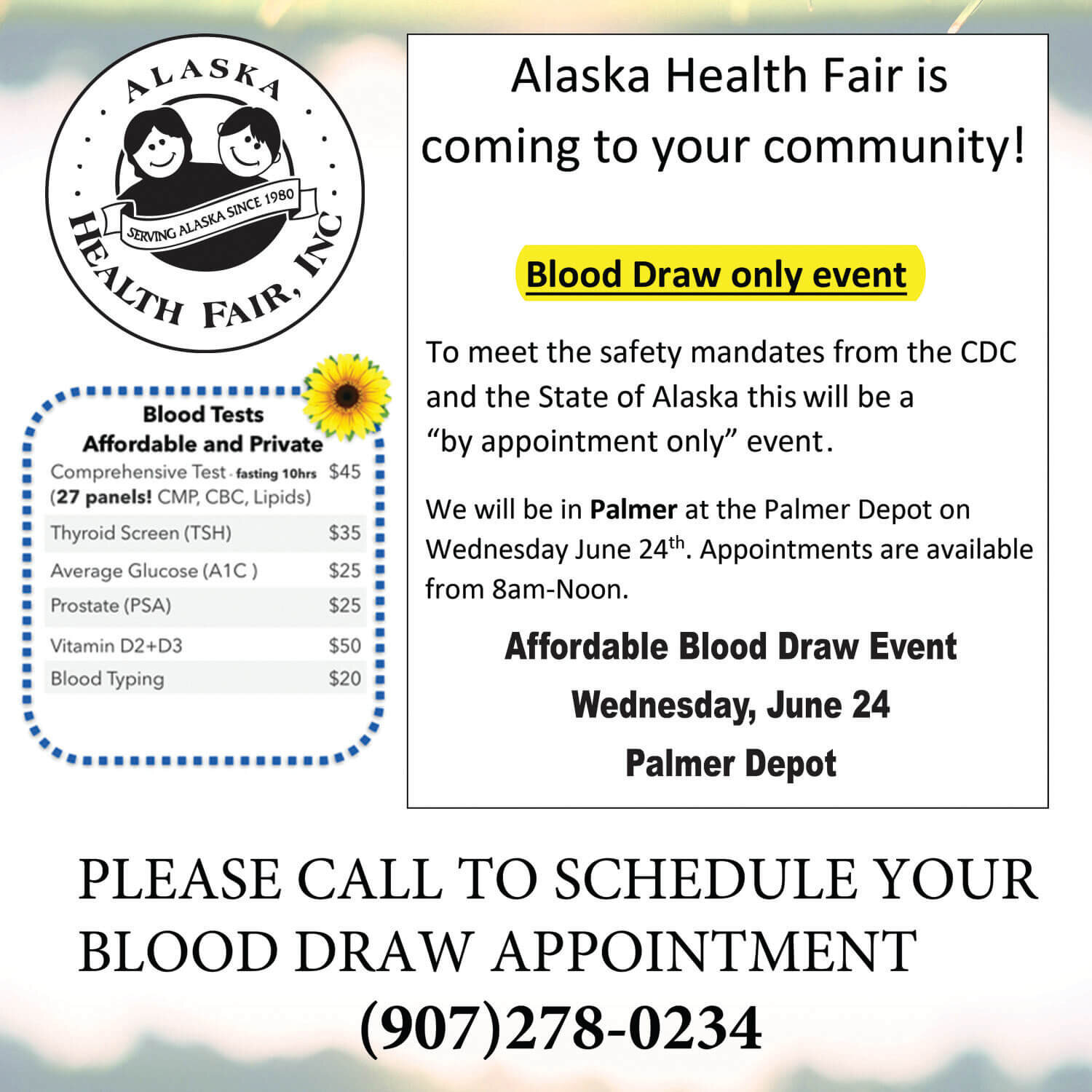Contributed by Angie Lewis, President of Alaska Animal Advocates
Cats have a reputation for sleeping all the time, but they aren’t the only ones – dogs sleep a lot too. In fact, the American Kennel Club states that most dogs sleep between 12-14 hours a day. That is more than half their life! If your dog is not actually sleeping, she is very often in a lounging state.
Sleep patterns are different for dogs than they are for humans. A dog is a very adaptable sleeper, able to jump up at the sound of a knock on the door and then fall asleep again in a moment. This can happen frequently throughout the day. Although dogs sleep more hours than we do, they also awaken more often.
Like humans, a dog’s sleep habits are influenced by their age, size, health, breed, activity level and life circumstances. In terms of age, older dogs and puppies require more sleep than an adult dog. A puppy can sleep approximately eighteen hours per day. Large dogs typically need more sleep than smaller dogs
A dog’s breed also impacts the amount of sleep that they needs. “Working” dogs, such as Huskies or Border Collies, sleep less because their genetic make-up has programmed them to be more attentive and dedicated to their work. Most tiny dogs do not have a job to do, except for loving their guardians, and therefore have more time on their hands for sleeping. Some dogs become bored if they are home alone for many hours a day and will sleep a great deal throughout the day. A dog living with an active family requires less sleep than a dog in a sedentary family. Dogs who sleep outside get less sleep than dogs who are indoors, living as a part of your family, as they should.
Changes in a dog’s routine, such as a new family member, a move or the loss of a beloved family member are likely to cause stress in your dog. Much like a human, dogs can show signs of stress by sleeping more. This sleep pattern often reverts to a more typical sleep style once your dog has adapted to the stressful situation.
Once again, just like a person, a dog will sleep more if she is not feeling well or is injured. Increases in the amount of time your dog sleeps can be an indicator of a physical problem. Check with your veterinarian if this issue arises for your dog.
Next time your dog is sleeping, observe her and you will notice that her breathing rate slows, as does her heart rate and blood pressure and her temperature drops. In about ten minutes, she will be in the REM (Rapid Eye Movement) phase of sleep. This is when you can see eye movement under closed lids and when she may start dreaming, evidenced by whimpering or running in her sleep.
So now that you have learned a bit more about your dog’s sleeping style, invite her up to your bed and have a good night’s sleep together!
For more information, email Alaska Animal Advocates at aaarescue@yagoo.com or call 841-3173.
















































